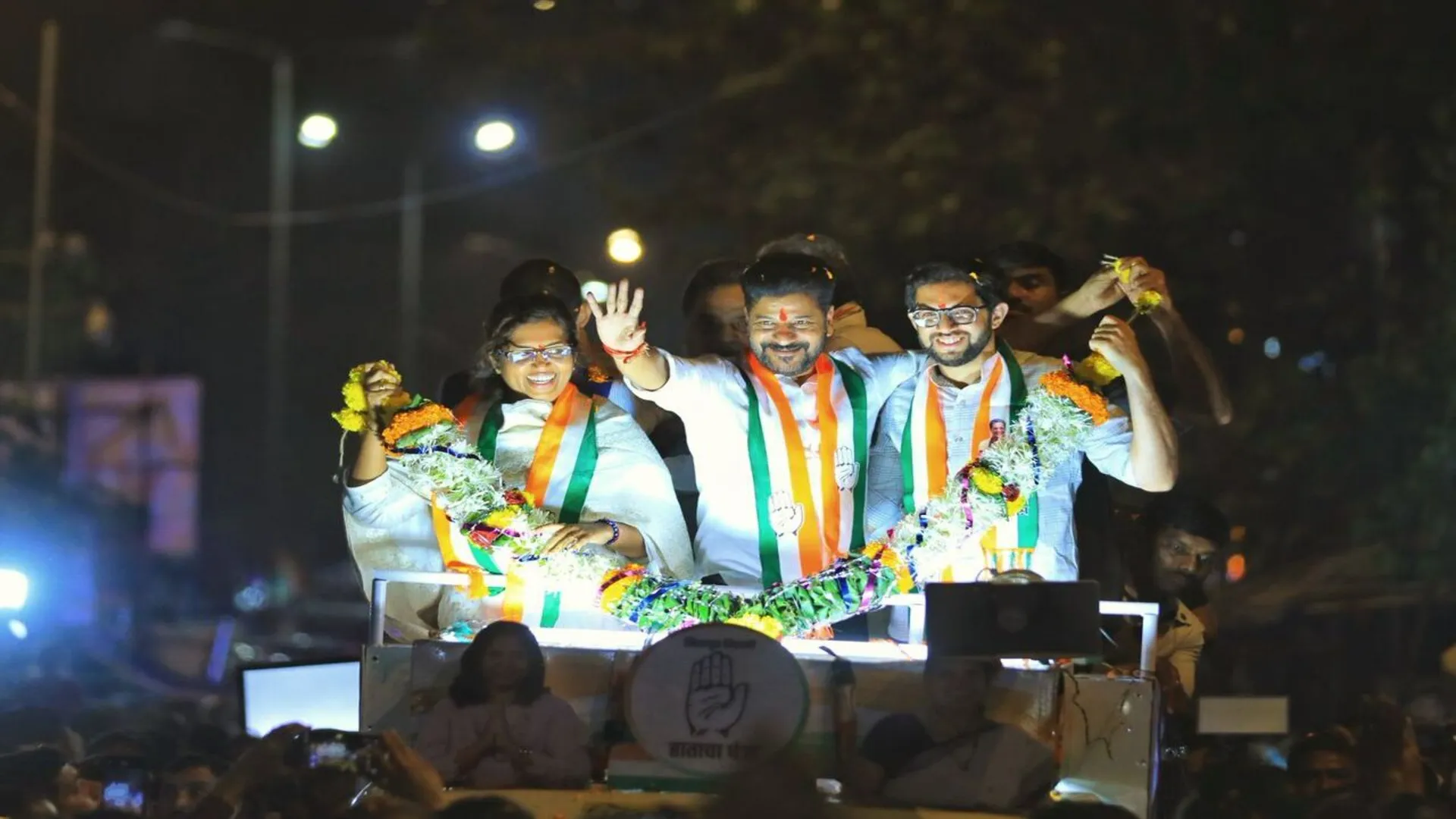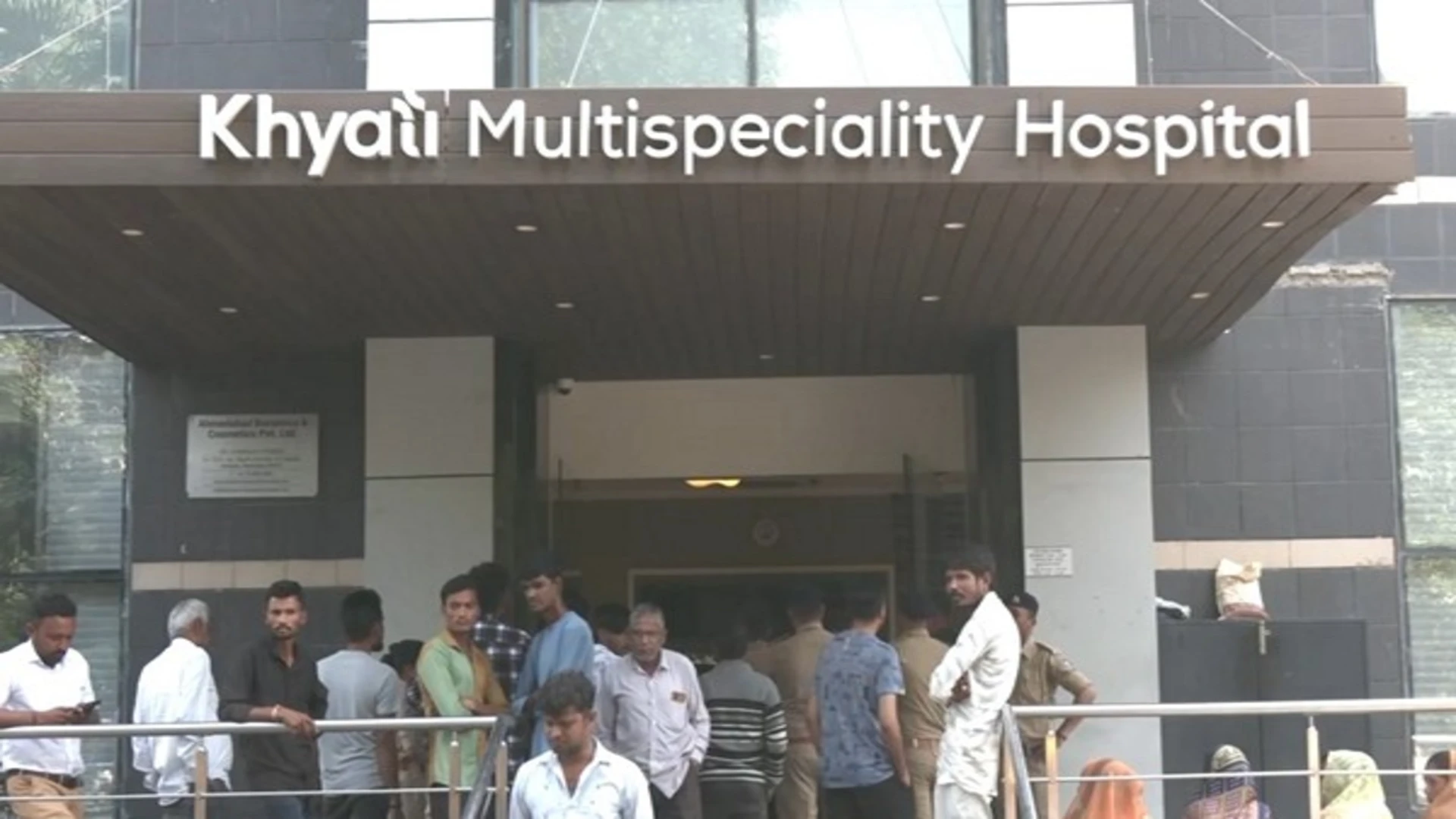
Embodying the great legacy of Indian tradition, inspired by the vision of Mahatma Gandhi, and committed to the Constitution, given by Dr B.R. Ambedkar, the new National Education Policy (NEP) 2020 seems well-prepared to meet the global challenges of the 21st century. This is a significant change in the Indian educational policy owing to the changing needs of the country and the world, after 34 long years.
NEP 2020 is a democratic policy, coming into play after wide consultations from stakeholders from every nook and corner of the country. Another important development and the need of the hour is the renaming of the Ministry of Human Resource Development to the Ministry of Education. With the term ‘human resource’, one conceives human beings as physical resources devoid of human sensibilities and ‘sanskars’ (values). However, the term ‘education’ retains all the qualities of a human being including physical, cultural and of course psychological.
Perhaps the most revolutionary feature of NEP in terms of formal school education is to have regional languages as a medium of instruction till at least 5th grade or preferably till 8th grade and beyond. English will now be taught only as a subject. Researches of educational psychology as well as UNESCO Report 2008 suggest that one can cognise and communicate better, faster and easier in the mother tongue. Besides, it will prove to be a boon in strengthening Indian languages and culture.
Additionally, there won’t be any special distinction between academic curriculum, extracurricular activities and vocational education in schools. Vocational instruction, rather, will be an integral part of the former. Also, from grade 6, children will be trained in coding which is an efficient means of futureproofing them. Vocational education will continue to be a part and parcel of university learning too, a useful move to prepare the youth for selfemployment and entrepreneurship.
Inflexibility in stream separation at the higher secondary level has been done away with instead students will now have the luxury to choose two unrelated subjects. For instance, Majoring in Chemistry with a Minor in Performance Studies. A student of Science or Commerce will have the opportunity to study the Arts and Humanities as well. This system will continue at the undergraduate level too. Another major feature of NEP is the introduction of special incentives and provisions for meritorious SC, ST, OBC, women, ‘divyangs’, and EWS students. Efforts will be also made to provide larger numbers of fellowships and scholarships to these sections in private sector higher education institutions (HEIs), besides the public one.
At the higher education front, NEP opens doors for new possibilities. Apart from flexibility of streams, where students of Science, Commerce or Humanities would be allowed to study each other’s subjects, or inclusion of vocational education in college, a salient feature of the bachelor’s program is a multi-entry and multi-exit scheme. Currently, we have a three-year bachelor’s degree. In case a student is unable to complete said degree and has to leave mid-way, more often than not, money and hard work go in vain. Now even after completing one year or two years, if required, a certificate or diploma will be given. She or he can complete the remaining studies by coming back within a time limit. After three years of study, one will get a bachelor’s degree.
NEP however, has parlayed a four-year bachelor’s degree, a ‘Bachelor with Research’ degree, a necessity for those interested in pursuing post graduation and/or PhD. Such a four-year system has had positive effects in developed countries like America, Japan, and Korea etc. NEP also provides students the freedom to leave a course in between and take admission in other courses.
NEP also emphasises on holistic and multidisciplinary education. All single-disciplinary institutions such as Law, Agricultural studies, Rural Studies et al, will be converted into multi-disciplinary institutions. Premier engineering institutes like IITs will move towards a holistic and multidisciplinary direction with greater coordination of arts and humanities, an important step towards interdisciplinary research. The Massachusetts Institute of Technology (MIT) of the USA, one of the best Global HEIs, is a good case in this context.
NEP targets to invest 6% of GDP in education, a longcherished goal since the Kothari Commission. Overall, NEP 2020 has lofty vision and goals and will prove to be capable of meeting the needs and challenges of India in the 21st century. The only challenge would be its implementation.
Niranjan Kumar is a Professor in the Department of Hindi, University of Delhi.















